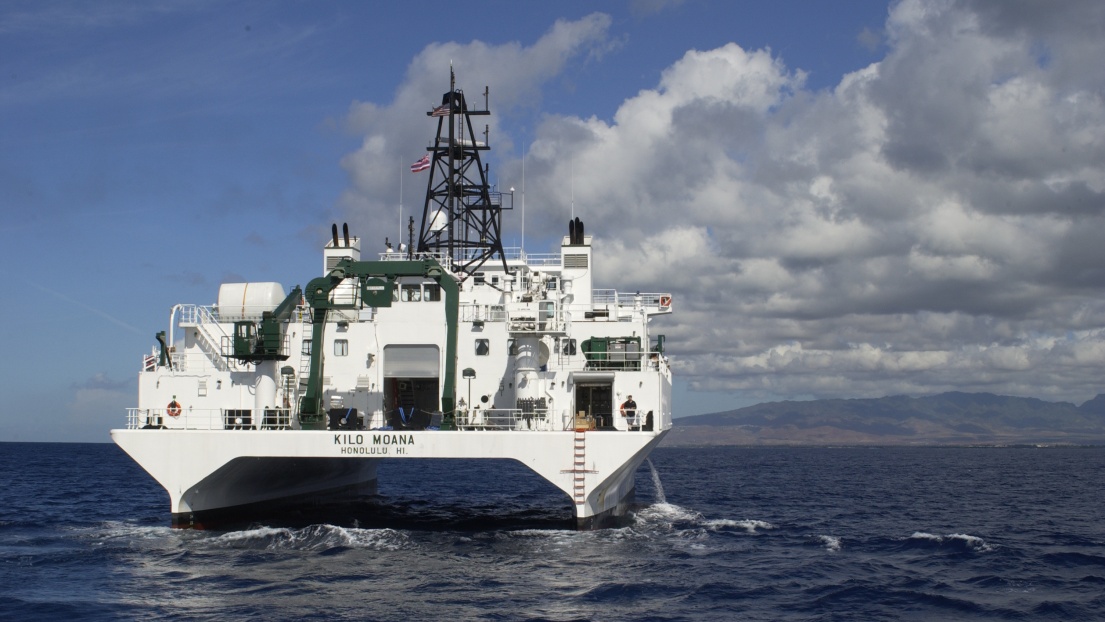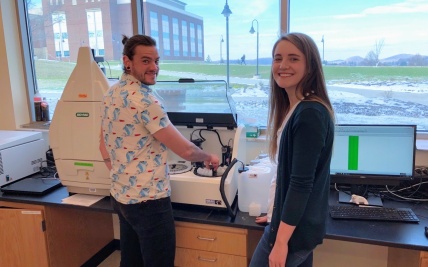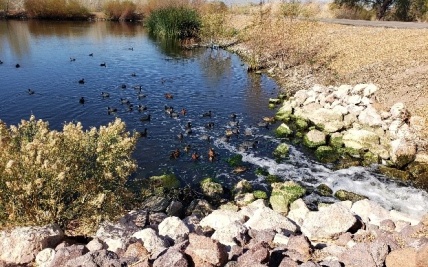Hawaii Ocean Time-series (HOT) Program

Scientists working on the Hawaii Ocean Time-series (HOT) program have been conducting repeated observations of the hydrography, chemistry, and biology of the water column at a station north of Oahu, Hawaii, since October 1988. The HOT program is based at the School of Ocean and Earth Science and Technology (SOEST) at the University of Hawaii and receives funding from the U.S. National Science Foundation. The objective of the HOT research is to provide a comprehensive description of the ocean at a site representative of the North Pacific subtropical gyre.
Monthly cruises are made to the deep-water Station ALOHA (A Long-Term Oligotrophic Habitat Assessment; 22° 45'N, 158° 00'W), located 100 km north of Oahu, Hawaii. These cruises involve measurements of water column chemistry, currents, optical properties, primary production, plankton community structure, and rates of particle export. Both inorganic and organic nutrient samples are analyzed to describe water column chemistry. Samples are collected from the surface ocean to depths of approximately 4800 meters. The samples are frozen and later analyzed in the lab for concentrations of NO3+NO2, PO4, and Si(OH)4. These seawater nutrients are analyzed using a SEAL Analytical AutoAnalyzer 3 (AA3) Segmented Flow Analyzer. The analyzer enables simultaneous colorimetric analysis of each nutrient, achieving a throughput of approximately 300 tests per hour.
Susan Curless, who has been the lead nutrient analyst for the HOT program since January 2005, oversees nutrient analyses using the AA3. In addition to managing nutrient analysis, Susan is one of the chief scientists for the HOT program. When not at sea planning and leading research cruises, she works in the laboratory analyzing nutrient samples with the SEAL AutoAnalyzer 3. She also uses the AA3 for nutrient samples collected on CMORE (Center for Microbial Oceanography: Research and Education) cruises.
The HOT program was originally established by Dr. David Karl and Dr. Roger Lukas in 1988, and both remain heavily involved in its direction. As of August 2009, Dr. Matthew Church has taken over as the lead Principal Investigator.
SEAL Analytical is a worldwide leader in providing segmented flow analyzers for the seawater research community. The high precision, reproducibility, robust design, and low detection limits of SEAL analyzers make them the preferred choice for seawater analysis. Leading laboratories and research institutes around the world use the SEAL AutoAnalyzer and QuAAtro. Designed for challenging conditions, these analyzers perform reliably on oceangoing research vessels and are routinely used from the Arctic Ocean to the Weddell Sea. Recent advancements in SEAL instruments include LED light sources, which offer long life, stability, and resistance to vibration, specifically designed for trace-level on-board seawater analysis.
Further information on the HOT program and SEAL Analytical can be found at: HOT Program Website

.jpg?resolution=428x267&quality=95)

